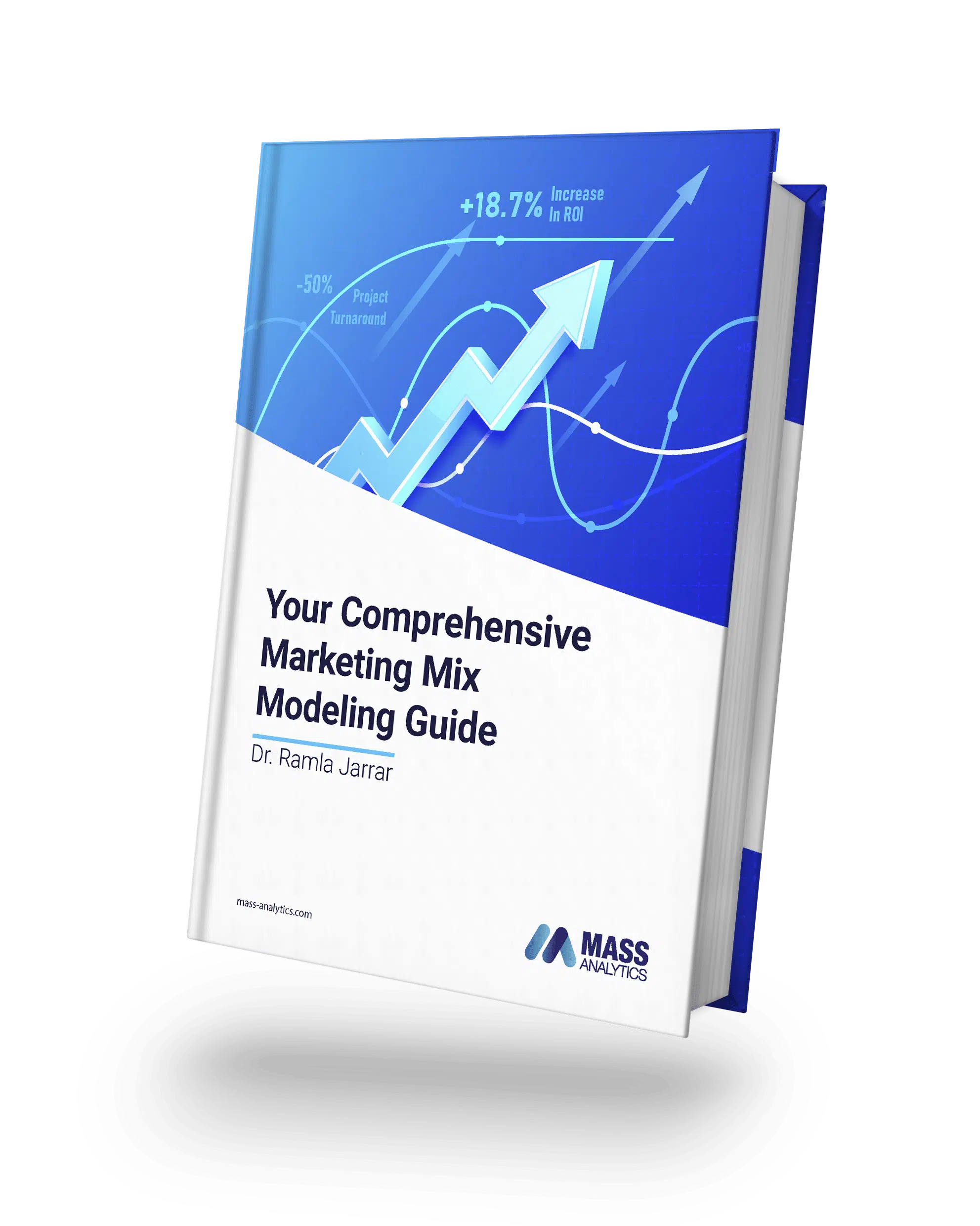In this article we provide 5 tips that we believe could help marketers choose the right Marketing Effectiveness Partner.
“Measurement is the first step that leads to control and, eventually, to improvement.”
These words certainly ring true for all marketers around the globe that find themselves facing the challenge of measuring the impact of their marketing activity and disentangling the effect of each component in view of optimization. Today, more than ever, measurement and accountability are becoming fundamental components of the whole marketing strategy.
Advertisers generally turn to Marketing Mix Modeling methods (MMM) or Marketing Effectiveness to help them understand and quantify the true impact of their marketing efforts be it online or offline. A Marketing Mix Modeling project tends to be “heavy” in nature as it requires a commitment from client-side teams to define the scope of the project and deliver the data necessary to build the models. The process takes months rather than weeks, and the project may cost a few hundred thousand dollars, depending on the scope.
The era of a few companies offering MMM is long gone. Today, the analytics market counts a number of companies that can deliver MMM; but what criteria should one consider in choosing the right Marketing Effectiveness partner and ensure the best fit?
In this article we provide 5 tips that we believe could help marketers choose the right MMM partner:
TIP 1: CONSIDER THE IMPORTANCE OF OBJECTIVITY
In selecting your marketing effectiveness partner, you need to ensure objectivity. Remember that the primary goal of an MMM project is to identify the principal performance drivers and to measure their impact. This leads to an optimization exercise where the ultimate aim is to reduce spend where it is less effective and increase it where the performance is greater.
The marketing effectiveness company should, therefore, sit at an equal distance from all these performance drivers and provide insight and recommendations based on an objective analysis derived from the modeling results.
TIP 2: CHECK THE THOROUGHNESS OF THEIR DATA TRANSFORMATION PROCESS
Marketing is an art and science, and so is Marketing Mix Modeling. Constructing statistically viable models is not enough, albeit necessary, as those also need to be commercially viable.
Regardless of the MMM company chosen, the set of raw data requested at the kickstart of the project is pretty much the same and revolves around four main axes, namely:
- The KPIs measured
- The Marketing Activities
- Media Investments
- External Factors
However, what differentiates one MMM provider from the other is the experience they have in transforming the raw data they have at hand to model the real consumer behavior that is becoming more and more complex. The thoroughness of this phase will depend on the experience of the agency in the client’s sector, the creativity of the agency, and also the experience across other industries as there is a lot of transferable knowledge from one industry to the other that could benefit the project under study.
TIP 3: EVALUATE THE SOPHISTICATION OF THEIR MODELLING TECHNIQUES
The modeling techniques used need to be up to speed with the complex media landscape and the changing consumer’s path to purchase. The world is not linear anymore so why would the modeling techniques that match the old world?
Uncovering the complex relationships between the different touchpoints requires more sophisticated techniques like log-linear, nested modeling, pooled regression to name a few. So, make sure your MMM partner has the necessary mathematical skills and is comfortable using these techniques.
TIP 4: ASSESS THE MATURITY OF THE TECHNOLOGY THEY USE
Econometrics is a mathematical approach to measure marketing effectiveness that is now a few decades old. This is to say that the MMM process is now widely known and has reached some sort of maturity. However, what makes the real difference between agencies is their ability to use a technology that allows them to go smoothly through that process and to gain in efficiency and accuracy.
Using robust tools that are built for purpose conceptually, mathematically, and computationally is a must in today’s MMM landscape. Proprietary software developed on the go or off the shelf using programming languages like Python or R is not always an optimal solution as it is often time consuming, does not deliver to the speed and efficiency that are required today, and does not ensure client involvement.
TIP 5: CHECK THEIR READINESS FOR DEPLOYMENT & KNOWLEDGE TRANSFER
One of the most critical steps of the CRISP-DM Methodology (Cross Industry Standard Process for Data Mining) is the deployment part. The MMM process must be reliable and repeatable by people with little data mining/statistical background. Achieving this will prove the maturity of the process and reduce the dependency on the agency. Marketers are accountable themselves and as such tend to express more and more the need to be more involved and exposed to the whole MMM process so they can better understand the results and therefore disseminate them more effectively and comfortably internally.
If the agency is equipped with the right level of technology (Tip 4), then the above becomes a natural step of the process. Optimization and forecasting tools could also be licensed to the client, so they own themselves the insight part, the juiciest part of any MMM project, and become part of the whole process.
This could potentially open the doors to other forms of partnerships between the client and the agency where the latter could transfer knowledge to the client so they can internalize part of the modeling and start building their own in-house modeling capabilities.
Five Tips To Choose The Right Marketing Effectiveness Partner was originally published in MASS Analytics on Medium, where people are continuing the conversation by highlighting and responding to this story.








